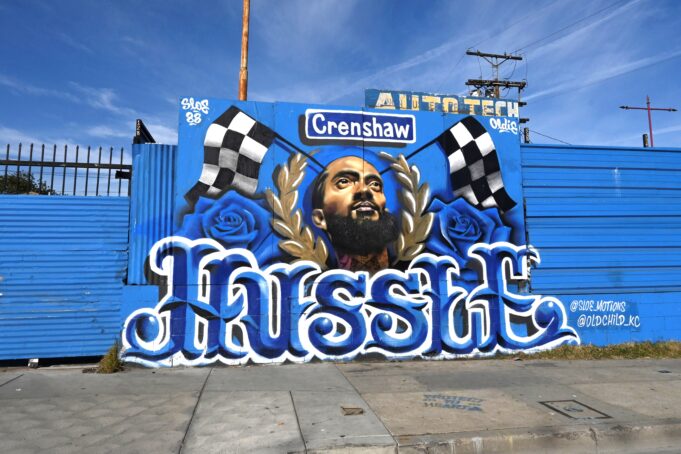LOS ANGELES—Three years ago Nipsey Hussle, whose music told the story of street life and whose business acumen and vision for community development inspired others, was killed. Legal proceedings for the man accused of killing him are finally underway.
Eric Ronald Holder, Jr., is charged with murder in the death of Ermias Asghedom, who was better known as Grammy-nominated rapper Nipsey Hussle. Jury selection was expected to take two weeks and the actual trial was expected to take another two weeks. Jury selection started June 2.
Coronavirus shutdowns of courtrooms caused delays in the trial. The accused killer has pleaded not guilty to one count of murder, two counts of attempted murder, and one count of possession of a firearm by a felon. Prosecutors say Mr. Holder shot and killed the 33-year-old artist in the parking lot of the Marathon Clothing Store owned by Nipsey on March 31, 2019.
Mr. Holder and Nipsey grew up in the same Los Angeles neighborhood, were both part of the street organization known as the Rollin’ 60s, and were both aspiring rappers, the Associated Press reported. After Nipsey calmly told Mr. Holder he was gaining a reputation as a “snitch,” the 29-year-old Holder shot and killed Nipsey, AP reported, citing prosecutors, police and witnesses.
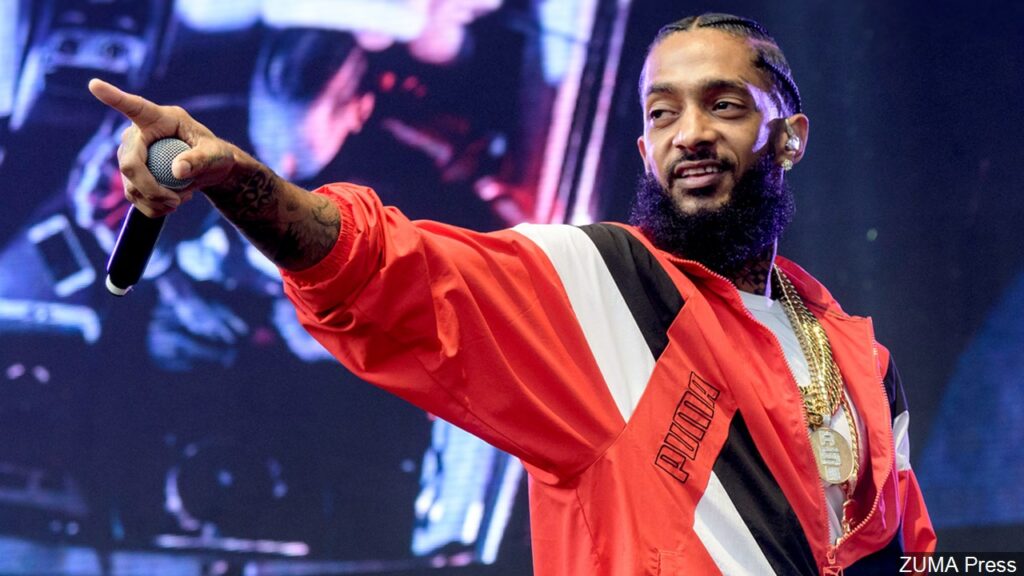
“Someone once said justice delayed is justice denied,” commented Jody Armour, Roy P. Crocker Professor of Law at the University of Southern California.
That means so much time has passed that it could be “viewed as a failure to take the vindication of the life that was lost more seriously,” said Prof. Armour.
“I’m sure there would be some who would argue that (Mr. Holder) has to have the due process he’s entitled to and if it takes longer for him to get that, then that’s just the price of justice.”
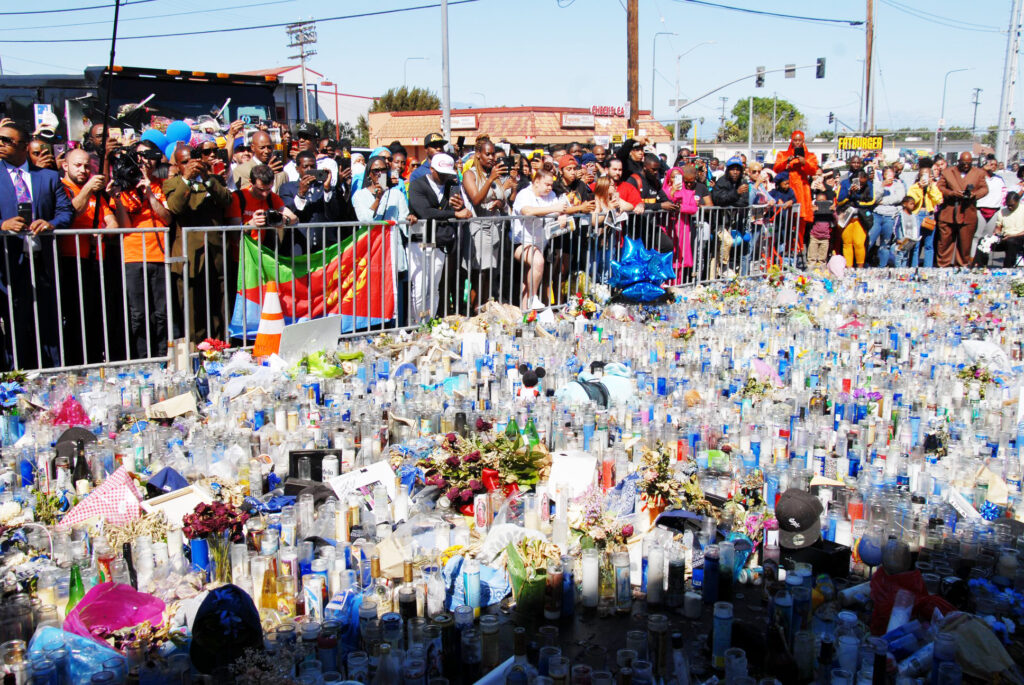
According to Prof. Armour and other prominent voices, religious leaders, gang peace activists, and entrepreneurs, the community where Nipsey lived, worked and reimagined is being challenged like never before. And that’s not to mention pain many still feel after his death. But that’s only part of the picture, there have also been successes that must be protected and built upon, they add.
The Crenshaw District is being buffeted by gentrification on all sides, said Prof. Armour. “There’s going to be increased police patrols and prevalence, which is something that happens with gentrification, and it’s the kind of thing that Nipsey Hussle himself was very concerned about.”
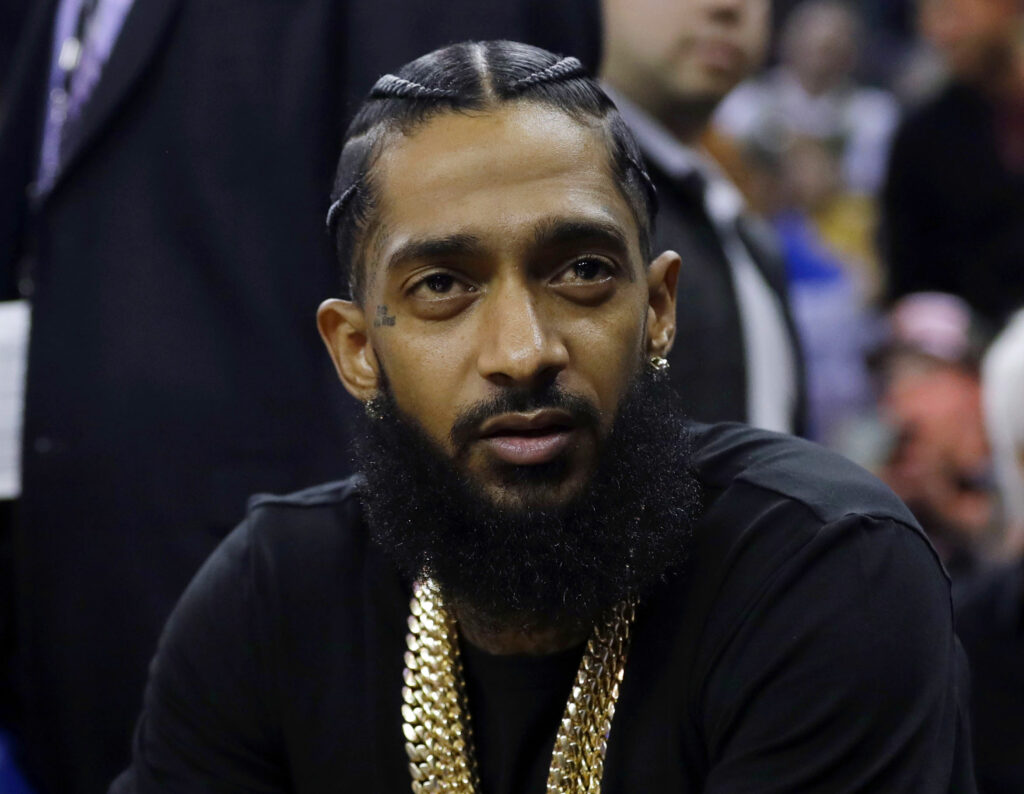
But, he added, while not all developments have been good, positive things have happened. “There is a growing consciousness in the community of what we need to do; we need to organize, unify and resist some of the forces that Nipsey Hussle was himself trying to resist,” said Prof. Armour.
As far as the legal proceedings, the outcome of cases dragged to trial such as this one must be looked at individually, he continued. Some grip the public’s imagination from opening gavel to final verdict, such as the O.J. Simpson, Michael Jackson and Kobe Bryant cases, Prof. Armour observed.
“There are certain cases that we remember every day of the trial, and other cases don’t get that much attention. And so one of the things that drives the attention the case is going to get is the kind of appetite for information about it from the community,” he said.
“And if the mainstream sources of news, like the CBS’s and the ABC’s, New York Times, L.A. Times, if they aren’t covering these stories, and a lot of times they don’t give them adequate attention, then the only way they’re going to get adequate attention is if the Black Press steps in and fills that void.”
That’s what happened with the Black Lives Matter Movement as Blacks got on social media and became their own journalists, he said. It also happened when the late journalist Gary Webb broke “Dark Alliance,” a series of newspaper articles showing CIA ties to the flood of crack cocaine that swept through the Black neighborhoods of Los Angeles in the early 1980s, Prof. Armour said.
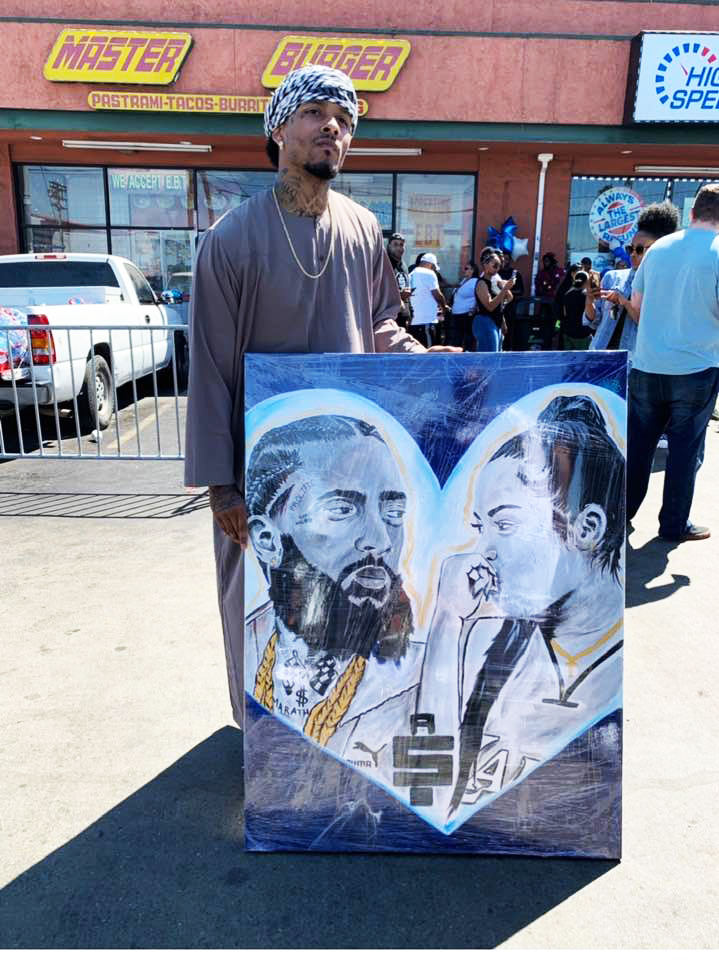
While working as a reporter for the San Jose Mercury-News in 1995, Mr. Webb uncovered and told the story of a conspiracy linking Nicaraguan Contra rebels, some West Coast crack cocaine dealers, and the Central Intelligence Agency.
With a congressional ban on federal funding for the Contras, a favorite of President Ronald Reagan, in the 1980s, the Contras provided cocaine to dealers in Los Angeles and the Bay area and used the profits to fund their efforts to overthrow the leftist Sandinista regime with CIA help. The series, which ran in the Mercury-News in late 1996, drew sharp criticism and the newspaper eventually disavowed it. Mr. Webb, however, stood by his work until his reported suicide.
“But what kept that story alive was Black alternative media,” Prof. Armour said. “At the time in ’96, the mainstream media wouldn’t cover it. The L.A. Times, Washington Post, New York Times wouldn’t cover the story, but it was the birth of Black cyber consciousness.
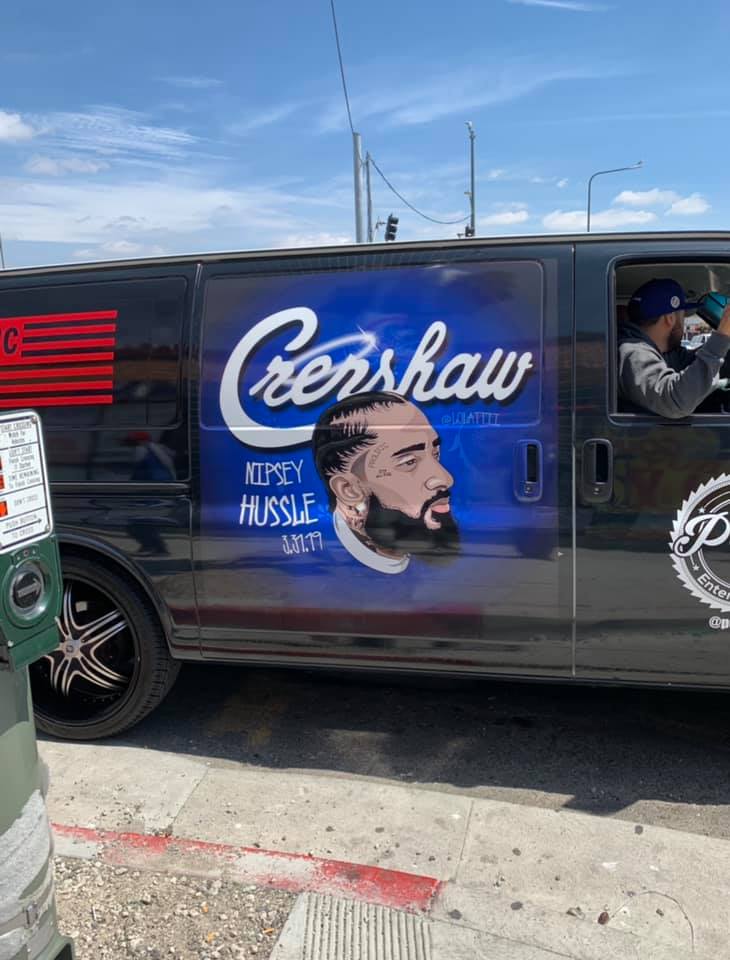
Black folks kept the story alive, sending around newsletters on the web, etc., and were ultimately vindicated when Maxine Waters had the sitting CIA director have to come out here in ’96 and had to answer questions,” he noted.
Making and working hard for peace, progress in the streets
Abdul Malik Sayyid Muhammad, the Nation of Islam Student Minister for its Western Region, hopes any justice that may be received will bring some closure to those pained by what the shooter did.
“Certainly, it won’t bring brother Nipsey back, but it sort of shuts the door. And it brings closure that there’s a conclusion in terms of whatever the punishment will be towards this individual. So, his (Nipsey’s) family and those who love him can have a bit of closure in one sense, but the trial in and of itself is also going to open up some pains and some wounds,” said Min. Sayyid Muhammad, who is based in Los Angeles.
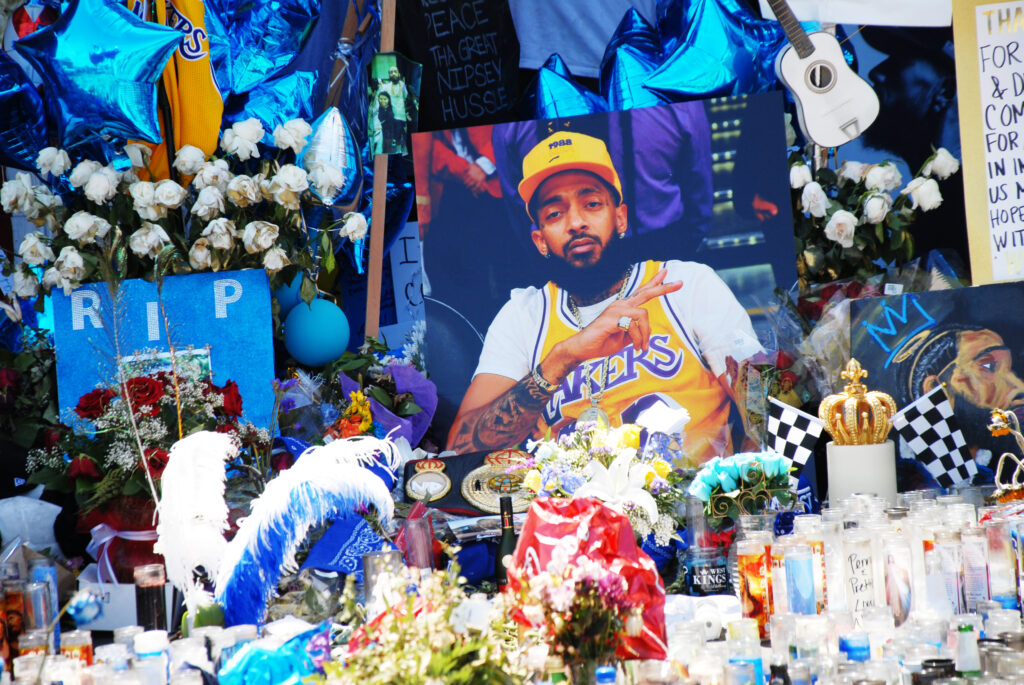
It could restimulate those who hurt and cause them to act out in another kind of way, said the Muslim minister who has spent decades working to promote peace among street organizations and young people.
Over the last three years, he has watched and been part of work to keep peace on the streets, one of Nipsey’s main efforts before his sudden demise. Los Angeles also recently celebrated the 30th anniversary of its 1992 Gang Truce forged during a time of substantial loss and gang violence.
“On the heels of that anniversary, we were blessed to bring an end to a 30-year war between several Crip sets, the Four Deuce Gangster Crips, the Four Tray Gangster Crips, the Four Eight Gangster Crips and the Avalon Gangster Crips,” said Min. Sayyid Muhammad.
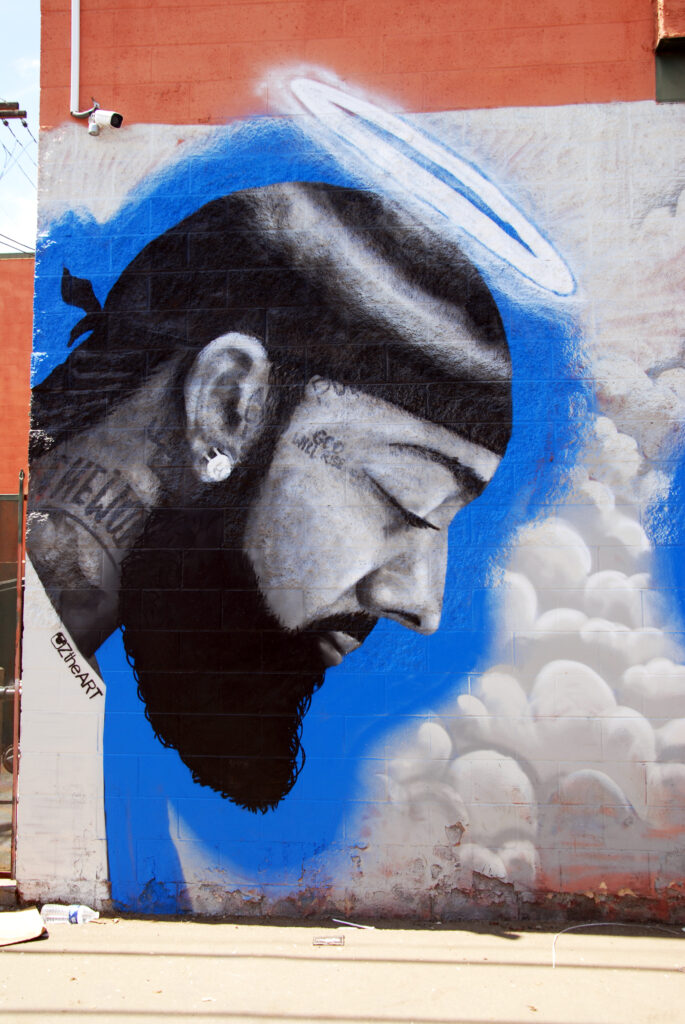
There were efforts to help to settle a war between the Bloods street organization and another Crip set one week later, he said.
The beauty of continuing peace work is many youngsters remember when Nipsey’s life was taken some 500 street organization members came together for a peace walk, said Min. Sayyid Muhammad. Nipsey’s passing helped inspire and motivate the walk across Crenshaw Blvd., to his memorial on Slauson Avenue. The area is the turf of the Rollin’ 60s street organization, but groups from different neighborhoods were part of the peace walk.
“That was imprinted in their minds when they all came to the memorial that was established on Slauson, where brother was murdered, and many of the young people remember the Nation of Islam. So we were blessed by Allah (God) to make a big, big impact on them as peacemakers because no one could keep the peace in and around where he was murdered but us,” commented Min. Sayyid Muhammad. That makes our work as peacekeepers easier now, he said.
“I just thank Allah (God) for the Honorable Minister Louis Farrakhan because now our presence invokes and represents peace,” he added.
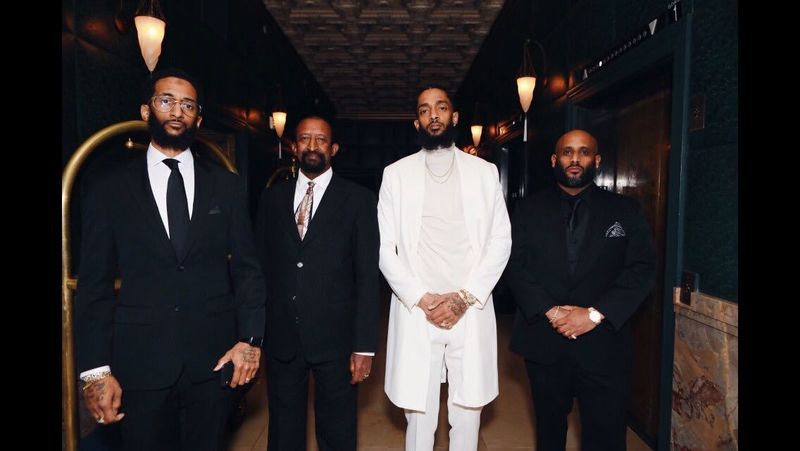
Adam Andebrhan. Photo: Asghedom family
Eugene “Big U” Henley, respected as an “O.G.” or onetime leader of the Rollin’ 60s, once managed Nipsey as an artist. Today he is among those who work for peace on the streets and progress for young people.
“We need (the trial) to happen and we need the facts to come out, so we can start some healing. It’s been so long, the longest three years. I’ve never seen anything this long,” he said. What he saw when Nipsey passed was the rise of a generation of budding entrepreneurs, men inspired to live up to what the iconic rapper was doing.
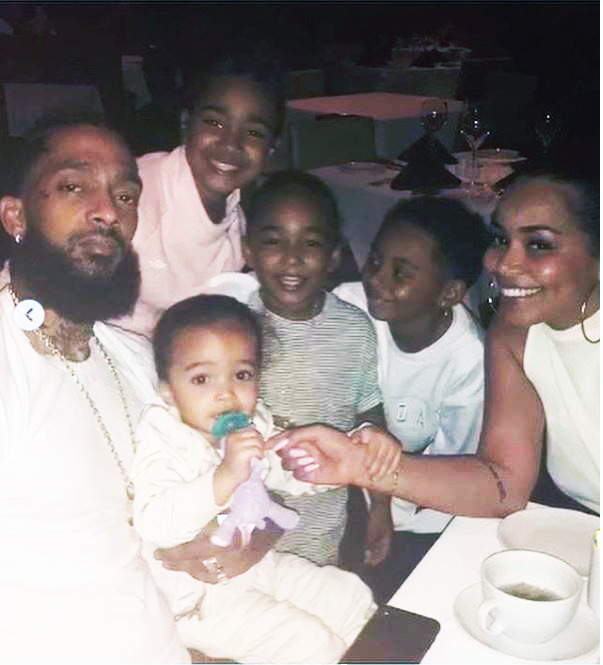
Progress on Nipsey’s plans for a mixed-use affordable housing project, with apartments on top and businesses on the bottom, seems to have stopped. His vision was for rebuilding the plaza that housed his Marathon Clothing Store. The plaza has been shuttered.
But the rapper’s family plans to open a Marathon Clothing store in Canoga Park on June 18, according to @theneighborhoodtalk on Instagram. The family also held a special screening on the rooftop of its store on Melrose Avenue of “The Marathon (Cultivation),”a documentary exploring Nipsey’s life, according to Hip Hop DX.
“I know when he left, we’ve seen probably over 40-50 young, Black men become entrepreneurs overnight, follow his dream and selling t-shirts. Going downtown, getting the Crenshaw t-shirts made, and really following a blueprint that he left,” said Mr. Henley.
“If I know one thing for certain, his legacy is actually being lived out in the guys who would have been selling drugs and cocaine and selling weed or doing whatever have you on the block. They started selling t-shirts and making a profit off of his name and what he did,” the community leader told The Final Call.
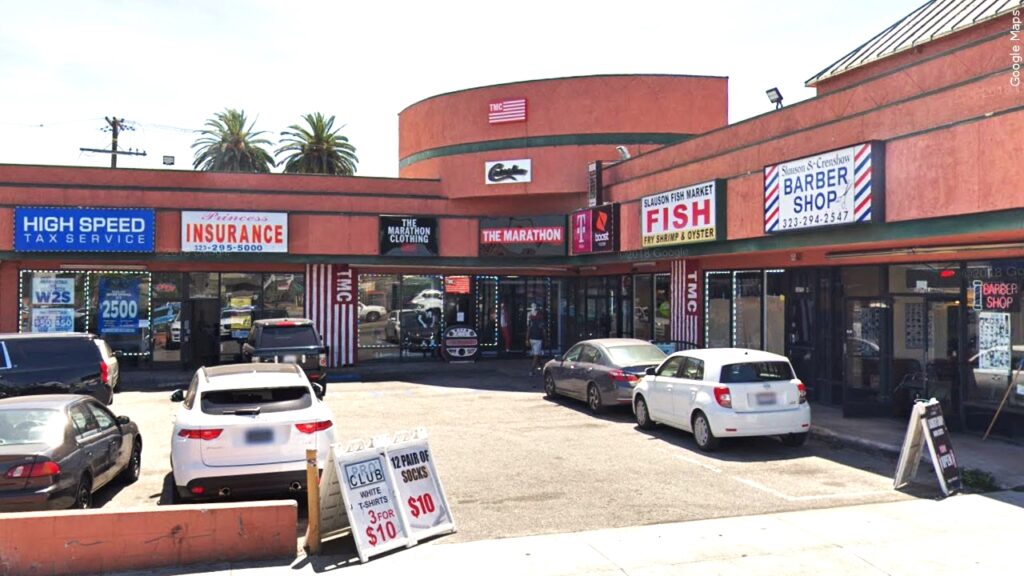
Nipsey went from selling drugs to pushing his music, t-shirts and eventually co-owning the plaza where he worked in the drug trade. He grew into a legitimate businessman and man who was active in and promoted community development.
There’s always some bad, but Nipsey created entrepreneurs in his absence that are still going and he changed people’s minds forever, Mr. Henley added.
“Currently, people are living together and trying to figure out how to make it. We’re in a bad time, coming out of a pandemic, and I think they had predicted that our area would be far worse than it even is right now,” he said.
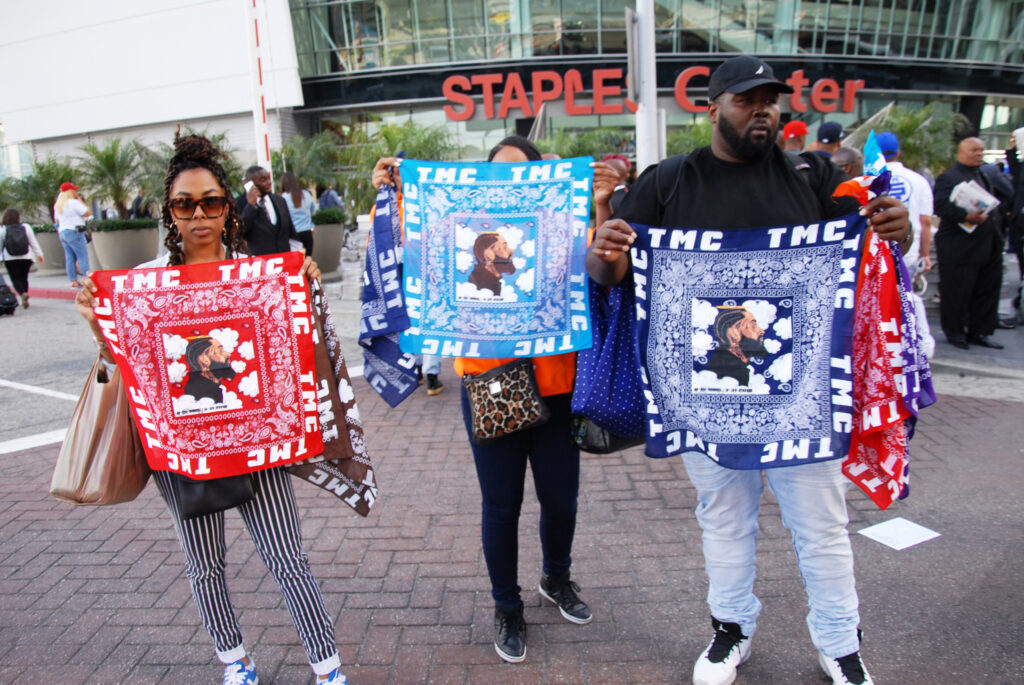
“So just based off the prediction of people, high gas prices, low job numbers, and the fact that it’s just bad for people, you have to look at it and say it’s pretty good, the fact that we don’t have people out now blasting in the streets. I like to look at the positives.”
One of those positives is his nonprofit, Developing Options, founded in 2004, to give youth choices beyond gang violence, drugs and crime. In addition to his gang intervention efforts, back to school and safe passage programs, he has been preparing to expand his organization’s efforts to help serve the homeless.
It is important to recognize a lot of success stories, particularly young Black and Brown boys who have joined positive groups, he stressed.
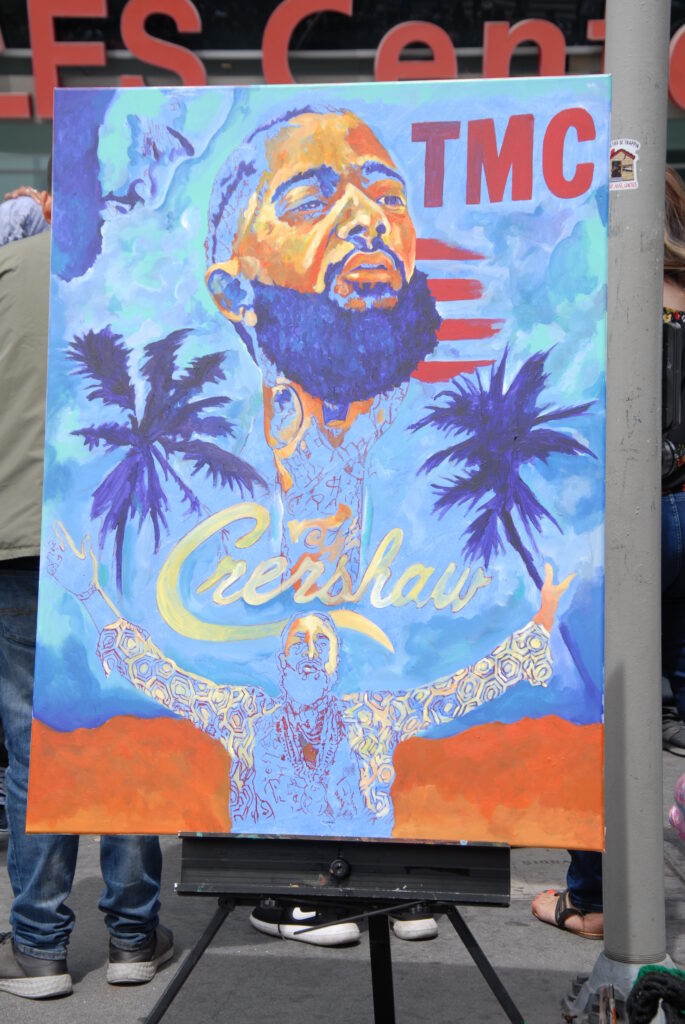
The key has been after school and sports programs to keep them off the streets, but right now a lot of focus is being put on the parents, who need just as much help, explained Mr. Henley.
The fight to keep Crenshaw and the need for a healing
In terms of Nipsey’s vision for economic growth and development in his neighborhood, the picture is less clear and bright, according to Min. Sayyid Muhammad.
“They stopped all of that. Everything has been shut down,” he stated.
The reality is that area is targeted for redevelopment, Min. Sayyid Muhammad argued. “And it ain’t us,” he said. “So we will probably see, now that Metro (the train line) is about to open, you’re going to really see a hard hit in gentrification happening as we speak and that’s a part of the enemy’s plan.” The enemy is White developers and those who desire to take over the area.
The Crenshaw District provide easy access to Los Angeles International Airport, Hollywood, downtown Los Angeles, West Los Angeles, and the beachfront, he noted. “I don’t think you’re going to see strong Black entrepreneurship building in that area. They’re shutting it down,” said Min. Sayyid Muhammad.
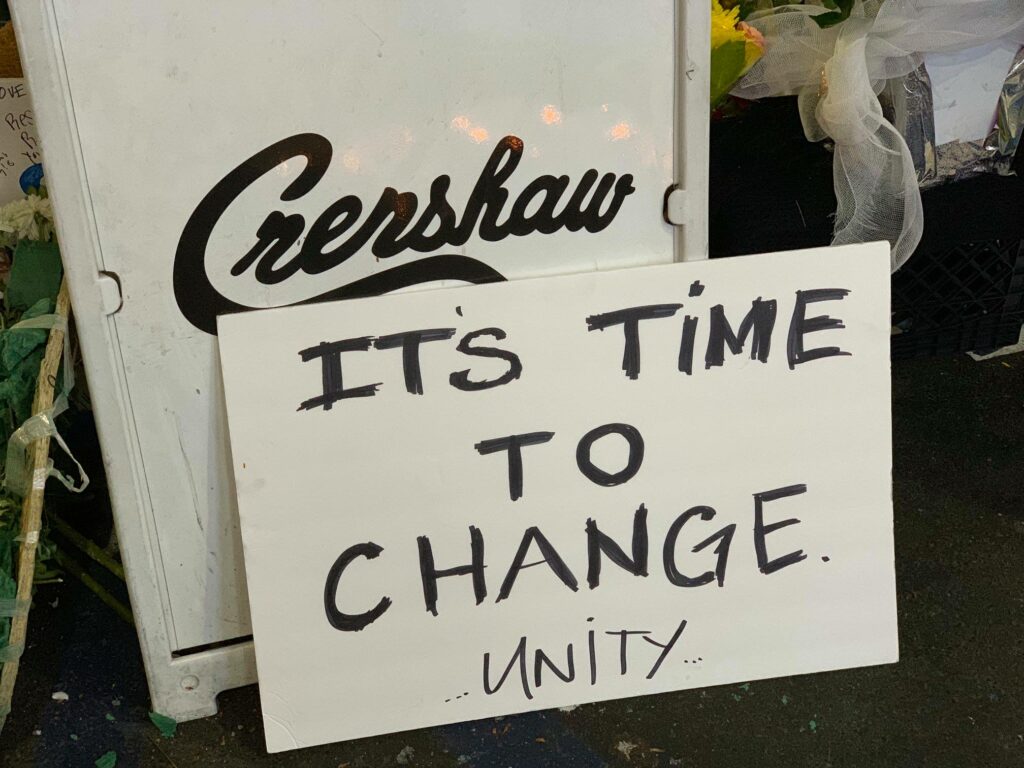
Gentrification of the neighborhood was something that concerned Nipsey, who argued for Blacks to buy the blocks where they lived and shopped.
LaTanya Ward runs two nonprofit groups, WARFOA (We Are Responsible for One Another) and GUTT Healing Circles (Gaining Unity Through Transformation. She is also a member of the Bloods Black P Stones group and spearheaded the peace walk in 2019 with her comrade Lil’ A.D.
She is concerned about the absence of major Black economic growth in the Crenshaw District that Nipsey called home.
“As far as Black people, I feel like we’re becoming more entrepreneurs. I see it happening a lot moreso around food but just in general as far as developments in the ’hood, I’m not oblivious to the fact that them developments ain’t for who been in the ’hood. It’s for who’s coming. That’s not for us,” Ms. Ward said.
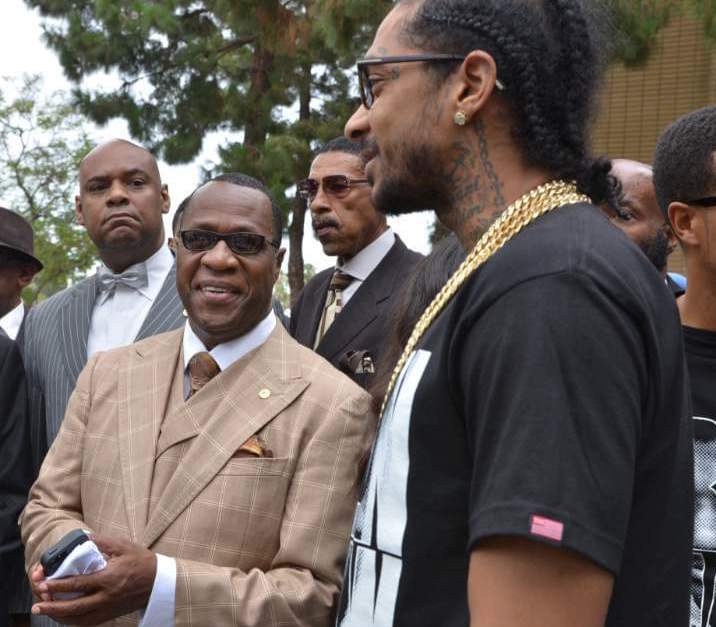
Still she also feels focusing on healing is tied to progress and that Blacks in the Crenshaw District need to heal. That’s been her motivation and focus, not the murder trial. She is strengthening her nonprofit organizations. Her goal is to secure funding to take 50 to 150 gang members on a healing circle retreat for three days by summer’s end. Her personal banana pudding sales, also inspired by Nipsey, are doing so well she’s having trouble scaling the venture up by herself.
“Nipsey’s personal development is economic development because that’s the way to sustain (and) by dealing with and addressing trauma and healing, all of those things. Because you could have a great job, and if you got a bunch of s–t on your heart and your mind, you’ll f–k around and lose it all,” said Ms. Ward.












